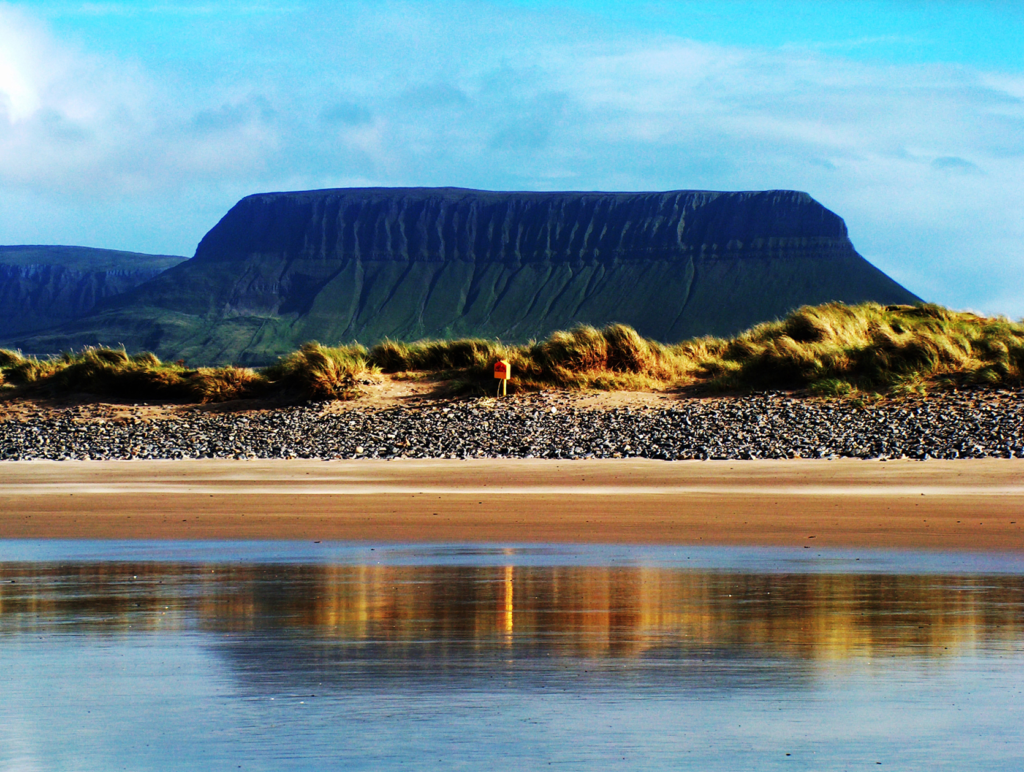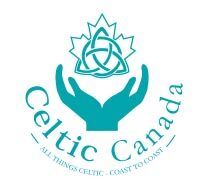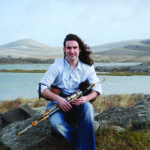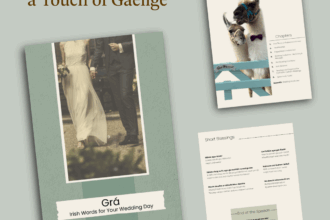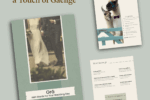Look to the soothing words of one of the greatest poets of all time for comfort and inspiration.
Irish poetry doesn’t get more enjoyable than when it centres on William Butler Yeats, arguably the most gigantic literary figure of a nation replete with giants of literature and whose influence certainly still shapes the English language more than a century and a half after his birth.
Born on 13 June 1865, Yeats’ knowledge of English poetic form, Irish literature and Celtic mythology resulted in an inspired body of work that “gave expression to the spirit of a whole nation”, earning him the Nobel Prize for Literature in 1923.
For most of his life W.B. Yeats spent the summer at his mother’s home in County Sligo, a place that stirred his imagination and which he famously named ‘The Land of Heart’s Desire’. The county’s beauty, folklore, history and geography filled his early poetry and moved him to write his most popular verse, ‘The Lake Isle of Innisfree’.
Yeats died in France in 1939, but the literary icon had wished to be buried in a churchyard in the Sligo village of Drumcliffe, and so in 1948 his remains were relocated there. Now a place of international literary pilgrimage, his headstone famously bears the epitaph: ‘Cast a cold Eye on Life, on Death. Horseman pass by!’.
From the churchyard, the omnipresent Ben Bulben can be seen towering, immortalised in Yeats’ poem ‘Under Ben Bulben’. Undoubtedly Ireland’s most distinctive peak, today the surrounding area on Ireland’s Wild Atlantic Way is known as Yeats Country and is central to any real or virtual exploration of the poet’s work.
Yeats connoisseur, Damien Brennan, a former president of the International Yeats Society and previous chairman of the annual Yeats International Summer School, is well aware of the comforting power of the poet’s verse in the here and now.
Damien has chosen ‘The White Birds’ to explore during the coronavirus crisis and has recorded a reading of the poem for literature and Ireland fans worldwide.
Yeats wrote ‘The White Birds’ for his great unrequited love, Maude Gonne. It imagines a pair of lovers becoming seagulls and escaping the circumstances that keep them apart. The poet’s desire for long-term contentment, freedom from the stresses of life and to be able to share happiness with a loved one is very apt for the times we are living through today.
Yeats was a great believer that poetry was for the ear, and an archive of poetry readings made by well-known poets, actors, writers, musicians, academics, politicians and journalists at the celebration of his 150th anniversary in 2015 can be heard online here.
For those who want to know more, an online exhibition entitled the Life and Works of W.B. Yeats is available at the National Library of Ireland.
